The significance of analyzing, monitoring, and inspecting food products during the packaging process is widely recognized in the agriculture and food packaging industries.
Companies handling agricultural products often face challenges such as contamination with stones or debris, unsealed or damaged packages, mislabeled items, and spoiled produce. Addressing these issues effectively requires leveraging current technologies like InGaAs SWIR and CCD/CMOS.
Challenges in the Quality and Safety of Food Inspection
A variety of devices, including cameras and sensors, are integrated into product inspection systems to enhance sorting and quality control. This approach is crucial for identifying issues in food products and packaging before they reach consumers.
Vision inspection technologies play a vital role in preventing low-quality or potentially unsafe food from being distributed, thus maintaining consumer confidence and minimizing business losses from defective products.

Image Credit: Hamamatsu Photonics Europe
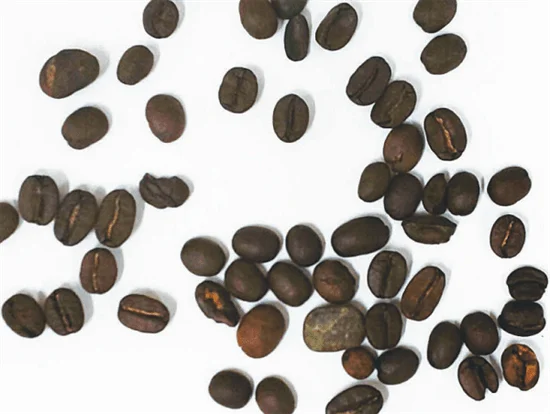
Difficulty detecting the stone among coffee beans with visible imaging. Image Credit: Hamamatsu Photonics Europe
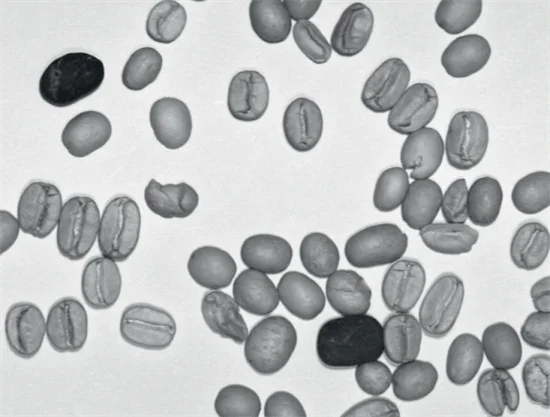
Clear identification of stone among coffee beans with C12741–03 InGaAs camera. Image Credit: Hamamatsu Photonics Europe
For instance, in coffee production, machine vision significantly improves quality control. After coffee beans are dried on a tarp and raked into a hopper, there is a risk of contamination with rocks and debris. These impurities must be removed before packaging to avoid sanitary risks and damage to coffee grinders.
Machine vision can differentiate between objects of similar shape and size by utilizing SWIR spectra, allowing coffee producers to effectively separate beans from stones by positioning cameras and detectors strategically along the production line.
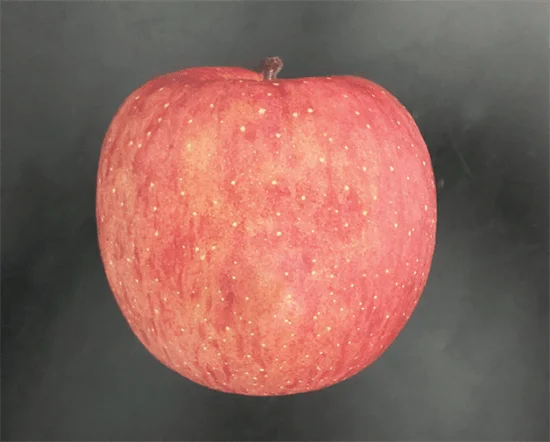
Visible wavelength image of an apple. Image Credit: Hamamatsu Photonics Europe
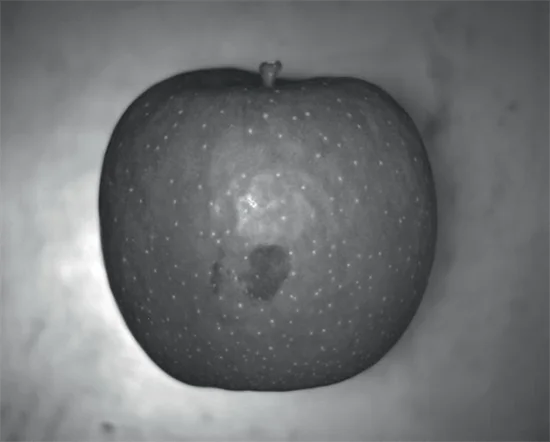
An infrared image of an apple, taken with a C12741-03 InGaAs camera, shows hidden defects. Image Credit: Hamamatsu Photonics Europe
Moisture is another critical factor affecting the quality and shelf life of agricultural products. Even small amounts of excess moisture can lead to mold, while bruises caused by oxygen penetration can result in unsightly brown spots. While bruised fruit is generally safe to eat, it often indicates over-ripeness and is less appealing to consumers.
For example, apples on a conveyor belt can be inspected using both CMOS and InGaAs cameras. The CMOS camera detects visible defects, while the InGaAs camera reveals issues forming beneath the apple’s skin, which are typically invisible to the human eye.
High-speed imaging devices, strategically placed along the conveyor belt, optimize the food sorting process by scanning produce for both visible and hidden defects, ensuring that only high-quality items reach consumers.
Sustainably Meeting Increasing Food Demands
Global population levels are anticipated to reach 9.7 billion by 2025, and agricultural companies are leading the charge in meeting the increase in demand for high-quality food. Food sorting and inspection processes must be continually optimized to achieve this.
Human vision is often inadequate for tasks such as food sorting and packaging because it can easily confuse similar colors and cannot detect defects beneath the food's skin or packaging.
Machine vision, on the other hand, is an excellent solution for these tasks. It can uncover issues that are otherwise invisible, such as moisture content on or under the food's surface, leaky packaging, and subtle differences between items of similar colors and shapes.
Additionally, it can identify foreign objects that may be mixed in. By employing machine vision, you can reduce errors and achieve higher quality in food processing and packaging.
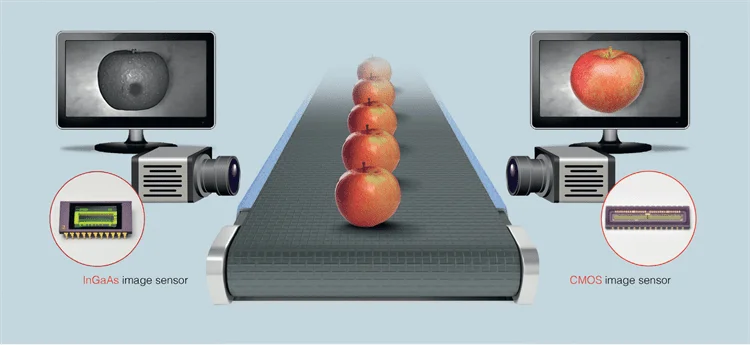
As apples travel down the conveyor belt, they are scanned using InGaAs and CMOS cameras. The InGaAs camera will show defects beginning to form under the skin that a human eye cannot see; the CMOS camera will show visible defects. Image Credit: Hamamatsu Photonics Europe
The Technological Solutions
Hamamatsu Photonics’ product portfolio features a wide range of CMOS image sensors suitable for food inspection imaging applications. These sensors are available in linear and area arrays for UV-VIS imaging.
CMOS Linear Image Sensors
CMOS linear image sensors are available with high sensitivity from UV to the near-infrared region up to 1100 nm. These image sensors boast a wide range of pixel configurations from 128 pixels to 4096 pixels, as well as varying line speeds and levels of sensitivity.
CMOS area image sensors can be provided in array configurations ranging from 30 x 30 pixels to 1280 x 1024 pixels.
InGaAs Linear Image Sensors
InGaAs linear image sensors are ideal for the high-speed, in-line sorting of agricultural products due to their fast line rates and high sensitivity. These sensors come in various cut-off wavelengths, pixel counts, and line readout speeds.
For hyperspectral imaging, InGaAs area image sensors are highly effective. They are available with different cut-off wavelengths, pixel arrays, and frame rates, all featuring high-speed frame rates, exceptional sensitivity, and low readout noise.
InGaAs cameras offer plug-and-play solutions for both 1D and 2D imaging, as well as easy implementation for multispectral and hyperspectral imaging (HSI). This makes them particularly versatile for food processing applications.
Summary
Although SWIR hyperspectral imaging for food processing is still in its early stages, it is already making a significant impact on applications such as almond grading and quality inspection. This technology is highly effective at detecting foreign objects, grading food products like nuts, and identifying ingredients.
Hamamatsu Photonics offers a broad range of products with cut-off wavelengths from 1.7 μm to 2.5 μm, providing various sensor and module options to suit diverse needs.
Acknowledgments
This information has been sourced, reviewed and adapted from materials provided by Hamamatsu Photonics Europe.

This information has been sourced, reviewed and adapted from materials provided by Hamamatsu Photonics Europe.
For more information on this source, please visit Hamamatsu Photonics Europe.